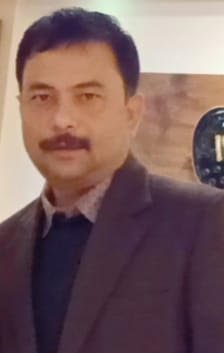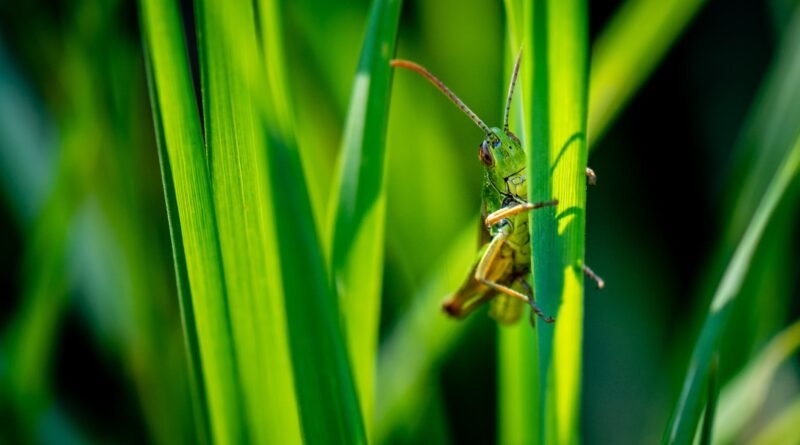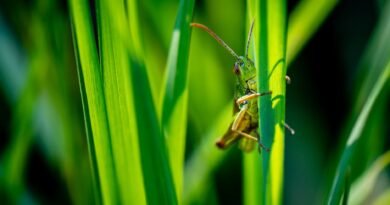Grasshopper Chronicle
Grasshopper Chronicle Part II
Kanai Dey’s Newspapers
Jyotirmoy Prodhani
Even before the news papers arrived people knew about it through the Anchalik Batori of Arun Das form Akashvani Guwahati and also from Lily Das Malik from Delhi. The voice of Lily Das Malik was so authoritative. Aiya Akakh vani, batori khunok, podhisu Lily Das Malikey. (This is All Inida Radio, I am Lily Das Malik reading you the news) She had a deep and imposing voice, every word used to come out of the radio as single distinct unit like beads dropping from a rosary one by one. One could imagine her personality through her voice; must be stiff and straight like Indira Gandhi herself. People believed every word they would say. Those days everybody is too keen to hear some news on the Assam movement, that was the biggest thing happening, any big news was exciting for us. The other source of news was the newspapers that used to come to Kanailal Dey’s cycle repairing shop.
-‘Arun Das of Guwahati and Lily Das Malik of Delhi are they related?’
-‘.Yes’, I replied to Jogesh. I heard it so from my mother.
-‘Then how come one is just Das and the other is Das Malik? Is there any Assamese surname like Das Malik?’
-‘She was married to a Malik.’
-‘Muslim?’
-‘I don’t know.’
– ‘Indira Gandhi must be fond of her because of the way she takes her name, “Bharotor prodhan mantri, Srimati Indira Gandhiye koy…’Jono almost exactly reproduced the voice of Lily Das Malik.
It was a cold a December afternoon. From where the news came first nobody knew, but it was devastating. One boy was beaten to death by a police officer when he stood in front of them as they were going to submit some election papers of a politician. Before that incident we never heard of the names of K.P.S. Gill or Beguam Abida Ahmed. They said it was KPS Gill who was a dreaded police officer killed the boy with lathis when the politician, Begum Abida Ahmed looked on. We heard of Anwara Taimur but never heard of her name before.
-‘It must be Anwara Taimur. For an inknown politician will the police kill an AASU boy?’ said Jaydeep.
As the paper arrived the phrase Swahid Khargeswar Talukdar was in everybody’s mouth. We only read about the swahids in books, never heard of someone becoming a swahid just the other day. In the class we opened our books and began to look at the pictures of Swahid Kanaklata Barua, Swahid Kushal Konwar, Swahid Bhagat Singh. ‘Someday, there would be picture of Swahid Kahrgeswar Talukdar too in our books’, Manoj said.
-‘You know how he died?’ Prashanata asked the question and gave the answer himself, ‘The car of the police was coming which was followed by the leader who was to submit her election papers. Khargeswar Talukdar stood in the middle of the road holding the flag. The police came down and ordered him to move, he did not, then they had pointed guns at him, still he did not and then KPS Gill shouted and jumped on him and started beating him, he was still holding the flag not allowing it to drop and uttered only one line ‘Jai Ai Asom’. Finally they beat him to death and threw the body in the river.’
We heard the description in rapt silence and felt very sad and angry. Many of us even said, ‘If the police come like that, we will stand like that in front and would not care about their lathis and guns.’
The school teachers were in no mood to take classes. They were in a huddle in the sun, must be discussing the incident with copies of Dainik Asom and the Assam Tribune rolled up in their hands. Those were the only two papers that used to arrive from Guwahati one day late by the Dhubri Guwahati passenger train. Kanailal Dey was the only distributor of the newspapers. Everybody called him as Kanai da. All the newspapers would come to his cycle repairing shop. In the morning he would go to the railway station and collect the newspaper bundle rolls that the railway staff would throw one by one on the platform from inside a railway coach. Kanai Dey was a short, bald man and for some queer reason he was always happy. Most of the time he would be smiling. Our parents and uncles admired him as a football player though he would no longer play football on the ground but he would often give us the news about which match was won by East Bengal and which was lost by Mohun Bagan in Calcutta. He would even tell which player would do the best in the next match
These days when he would collect all the rolled up newspaper bundles from the railway station every morning and carry them like babies in the crook of his arms, and another on his shoulder, other people would follow him. As soon as he would cut open the bundles in his cycle repairing shop they would begin to pick up the news sheets. After that he would go to several households and shops to deliver the newspapers. While delivering news papers, it would invariably take time, for he would discuss several serious things with the people mostly on the current political situation in the state and in the country, about fish in the market that morning and also about football- East Bengal and Mohun Bagan.
After the news paper duty he would begin his main job- repairing bicycles and also put various photos and pictures of gods and goddesses from calendars in glass frames. He was an expert hand. When the news of Khargeswar Talukdar came in the newspaper, he felt very sad. He said, ‘Eta khub kharaab holo, ekta cheleke mere phello? (It was too bad, they killed a boy just like that?)
Apart from the Dainik Asom and the Assam Tribune the other newspapers that used to come to Kanai uncle were the Bengali newspapers – Jugantar, Anandabazar Patrika and few copies of the Amrita Bazar Patrika, the Times of India etc. and a few copies of Hindi newspapers that he would deliver primarily in the Marwari gaddis of the cloth shops The Calcutta and the Delhi newspapers were even at least two three days old. But as the andolan grew bigger and bigger, people were more interested to get a copy of the Dainik Asom and the Assam Tribune only than anything else for in those big newspapers hardly a news of Assam would appear when so many important things were happening here. However, though the Guwahati newspapers were at least one day old, yet they were read with great interest and enthusiasm as if they just popped up fresh from an oven.
With the Andolan one unique thing had happened – bandhs. As the bandhs became frequent, the newspapers started becoming even two to three days older, yet there was no let up in the interest for the readers to pick up the old sheets. We loved the cartoon called Kanhudi in Dainik Asom. We hardly knew what kanhudi meant, we loved the cartoons all the same. The old man of Kanhudi looked like the old man cartoon of Times of India. And also we enjoyed the column, samayar sor, where they made very funny comments on some serious matters.
- ‘What is CRP?’
- ‘They are from Delhi, very dangerous.’
Satish Sir did not have much idea about what was the full form of CRP but the only thing he knew well, like all of us, that they were experts in beating and killing people. Manoj Gogoi, son of the IB inspector, told us that so many people were beaten up in Guwahati the other day. They might arrive here anytime. We believed him because he was the son of the IB Inspector who used to live as tenants at my uncle’s house
Time changed. Earlier enthusiasm of the parents to see their children taking centre stage and be part of the grand andolan processions and go for picketing was gone. Most parents wanted their children to remain inside home rather than allowing them sprinting out to the streets. Many stories of CRPF brutality used to arrive through the anchalik batoris, All India Radio, word-of-mouth-rumours and through the newspapers Kanai Dey used to deliver everyday.

Jyotirmoy Prodhani



